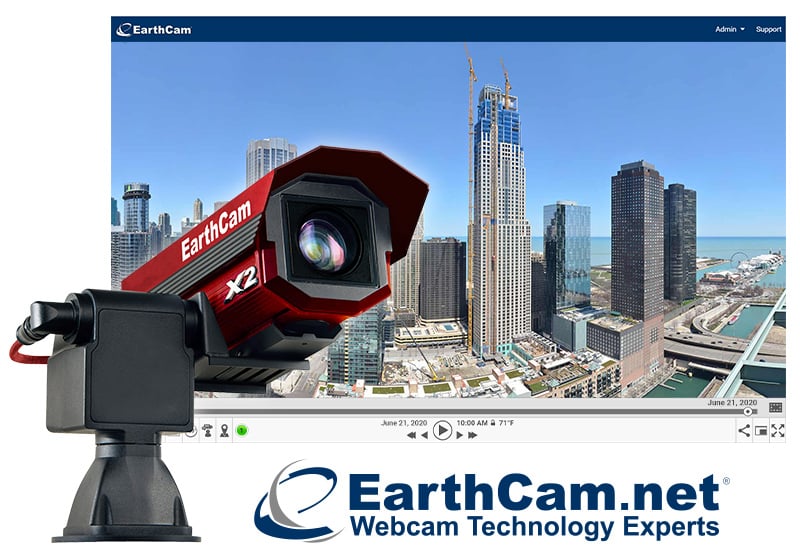The camera is located just off Colorado Highway 119 and Main Street in Rollinsville. From this vantage point, it's common to spot wildlife such as bison, moose, deer, elk, and even the occasional bear. The building where the camera is mounted dates back to the late 1800s and once served as an administrative office for an ore processing facility.
Rollinsville and the nearby Rollins Pass are key landmarks in Colorado’s rich railroad history, closely tied to David Moffat’s ambitious vision for a direct rail route through the Rockies. That vision became reality in 1904 with the completion of the Moffat Road, which crossed the 11,660-foot-high Rollins Pass. The route connected Rollinsville to the west and East Portal to the east, and was known for its steep grades and trestle bridges—a remarkable engineering achievement for its time. However, due to severe winter weather and logistical challenges, it was eventually replaced by the Moffat Tunnel in 1928. Once a bustling railroad town, Rollinsville grew around the rail line and served as a vital stop.
Today, the west-facing camera offers stunning views of the Continental Divide in the distance and captures modern rail activity along the route. Viewers can see Amtrak’s California Zephyr, BNSF andUnion Pacific freight trains, and even the prestigious Rocky Mountaineer excursion train as they pass through this historic area. Rollins Pass and the surrounding region remain popular for hiking and historical exploration, with visible remnants of the original rail line standing as enduring testaments to early 20th-century railroad engineering.
Rollinsville and the nearby Rollins Pass are key landmarks in Colorado’s rich railroad history, closely tied to David Moffat’s ambitious vision for a direct rail route through the Rockies. That vision became reality in 1904 with the completion of the Moffat Road, which crossed the 11,660-foot-high Rollins Pass. The route connected Rollinsville to the west and East Portal to the east, and was known for its steep grades and trestle bridges—a remarkable engineering achievement for its time. However, due to severe winter weather and logistical challenges, it was eventually replaced by the Moffat Tunnel in 1928. Once a bustling railroad town, Rollinsville grew around the rail line and served as a vital stop.
Today, the west-facing camera offers stunning views of the Continental Divide in the distance and captures modern rail activity along the route. Viewers can see Amtrak’s California Zephyr, BNSF andUnion Pacific freight trains, and even the prestigious Rocky Mountaineer excursion train as they pass through this historic area. Rollins Pass and the surrounding region remain popular for hiking and historical exploration, with visible remnants of the original rail line standing as enduring testaments to early 20th-century railroad engineering.




